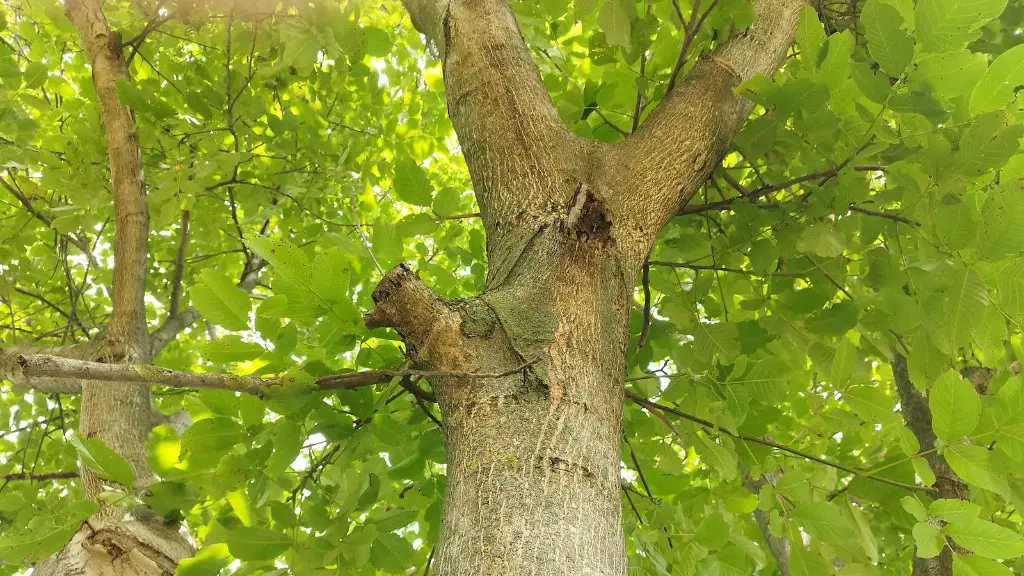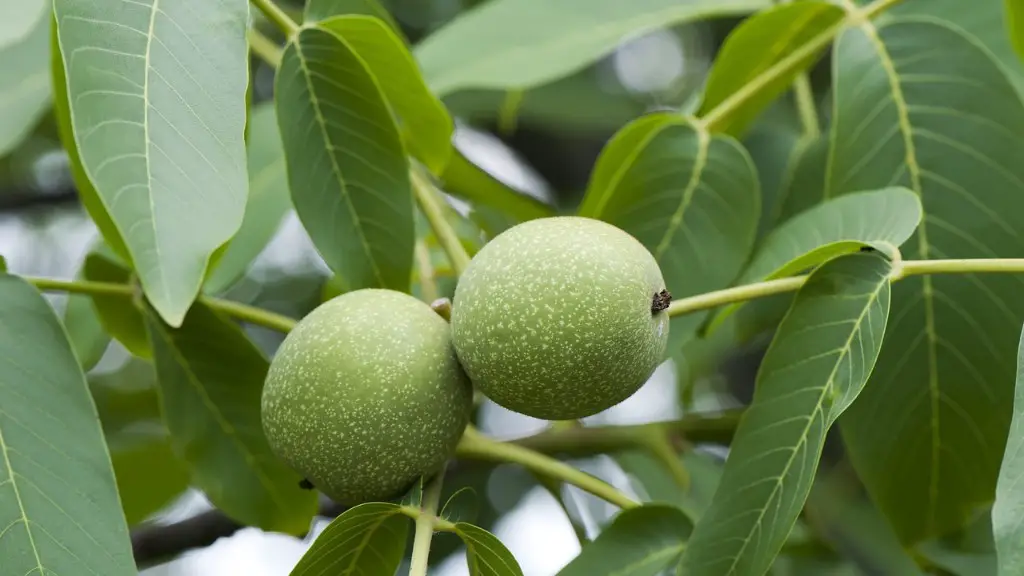How tall avocado tree grows
Avocados are rich in antioxidants, minerals and vitamins. They also provide substantial health benefits. With its scientific name as “Persea Americana”, the avocado is a single-seeded berry fruit originally from Mexico and Central America. Its origin can be traced back to thousands of years ago, when it was referred to as ‘ahuacatl’ by the ancient Aztecs.
Most of the species of avocado trees are evergreens and are perennial in nature. They are also moderate to rapid-growing plants, so they can grow very fast, up to a height of 66 feet. Generally, it takes somewhere between five to 13 years for an avocado tree to begin to produce flowers and fruits. The best time for an avocado tree to bear fruits is from mid-March to early-May.
These trees come in a variety of shapes and sizes and usually thrive in warm climates with well-drained soil and adequate sunlight. They can grow in a wide range of soils but prefer light and sandy loam soils with a good organic content. They need plenty of water throughout the year but require less water when they are well-established. Without enough water, the avocado tree is likely to experience wilting.
Most avocado trees can grow between 20 to 30 feet in height. Some varieties of large canopy trees can reach up to as high as 60 feet while dwarf varieties can reach around 10 feet in height. To support large canopy trees, it is essential to prune the trees annually to reduce the exposure of the branches to high winds.
Due to their fast-growing nature, avocado trees require careful management for its optimal growth. To make sure not to disturb the trees’ soil, growers should not use any form of mechanical tools to cultivate the soil. To harvest the fruits, the grower has to climb the trees to manually pick the fruits. Growers should also use appropriate pest management to keep the trees in good health.
Besides height, the shape of the tree should also be taken into consideration as it contributes to the overall yield of the avocado fruits. According to experts, trees grown in an open canopy with a vase shape gives the best yield. Trees growing in an upright or fountain-style form can give the least optimum yield.
Apart from the physical aspects such as height and shape, it is just as important to consider the nutritional aspects when it comes to growing an avocado tree. Growers have to ensure that the soil is nutrient-rich to support the trees’ rapid growth. They should provide the required nitrogen, phosphorus, and potassium levels in the soil. By doing so, the grower can expect to have an optimal yield of fruits produced every year.
Adaptation ability
The durability and adaptability of the avocado tree make it more suitable for different climates and environments. Avocado trees can withstand a wide range of temperatures, from low winter conditions to subtropical summer temperatures. As long as the temperature does not go below 21°F or above 95°F, the tree should be able to keep growing satsifctorily.
The tree can also withstand an occasional frost and has a fairly wide resistance to drought. As it does not need much upkeep, it only needs occasional trimming and pruning every now and then to remove dead branches or excessive growth. It is also not pest-prone, so it is quite a low-maintenance tree compared to other fruit trees.
With its immense benefits, it’s no wonder why many farmers have chosen to grow avocado trees. The recent increase in demand for avocado has inspired many farmers to commit to growing this tree. However, growers should be aware of the right cultivation practices, such as choosing the right soil, new growth, and climate, to ensure a successful avocado harvest every year.
Harvesting timing
Knowing the correct harvesting timing is important for achieving a good yield from avocado trees. The timing differs from species to species, depending on whether it is a Mexican, Guatemalan, or West Indian species. In general, Guatemalan, Mexican and West Indian avocado fruits are ready to be picked when the skin is still green. A fully-mature avocado fruit will take a couple more days to ripen once it has been picked.
Avocado fruits get their color and taste when mature. To check if the fruits are ready, the stem can be pulled off easily with no resistance. Ripe fruits can be stored in a plastic bag in the refrigerator or at room temperature. The fruits can last up to a week or more so long as they are stored in a cool and dry place.
Avocado Cultivation
Generally, it takes three to five years for a newly planted avocado tree to start producing fruits. During the first few years, growers can use mulch to keep the soil around the tree free of weeds or debris. As the tree grows bigger, growers will have to provide adequate organic material and manure on the soil, in order to maintain the ground’s moisture and nutrient content for the tree.
Avocado cultivation does not always have to be done on land. In recent years, it has become increasingly popular among urban dwellers to cultivate their own avocados indoors using pots. Gardening shops now stock different varieties of avocados that are suitable for growing in pots. These avocados stay at a manageable size and require less water, making them ideal for small spaces.
indoor avocado trees require special attention and care. They require a special fertilization schedule and have to be provided with enough shade or light. It is also important to regularly rotate the pot when the tree grows too heavy for one side of the pot.
Soil rejuvenation
In commercial avocado farming, soil fertility is a priority as avocado trees require a nutrient-rich soil. Soil rejuvenation is a crucial method of replacing the depleted nutrients from the soil and improving its fertility. This is why regular soil tests are important to determine if the soil needs rejuvenation. Growers should use organic matter, such as animal manure or compost, to restore the soil’s organic matter.
Adding mulch also helps to reduce water loss and maintain the soil’s temperature. This prevents the activation of various microorganisms and pests in the soil. It also helps to keep the roots of the tree cool. In addition, fertilizers can also be added to the soil to provide the necessary nutrients.
Water Irrigation
Watering is essential for avocado trees, as the trees need a lot of water to support its growth. Depending on the species, avocado trees can require up to 15 gallons of water per day. In commercial avocado plantations, a drip irrigation system is used to provide the required amount of water to the trees. Growers should also water the avocado tree regularly to ensure that the tree does not dry up.
Although over-watering can be harmful to an avocado tree, it is important to keep a consistent water supply in the soil. This helps to maintain an active root system so that the tree can absorb all the necessary nutrients from the soil. In addition, an adequate amount of water will stimulate new growth and flower production, leading to better yields.
Disease prevention
Avocado trees are vulnerable to many diseases surprisingly. Without proper care, they can easily fall prey to different pests or diseases such as root rot, anthracnose, or Phytophthora. To prevent such disease outbreaks, ethical farming methods have to be practiced. This includes providing plenty of sunlight and air circulation, as well as ensuring good soil drainage and applying the right amount of mulch.
Pesticide and fungicide can also help to control disease in key target areas. However, practitioners have to apply them with caution, as excessive use of these chemicals can affect the environment negatively. Instead of using chemicals, growers can introduce beneficial insects, such as ladybugs, to naturally reduce the pest population.

